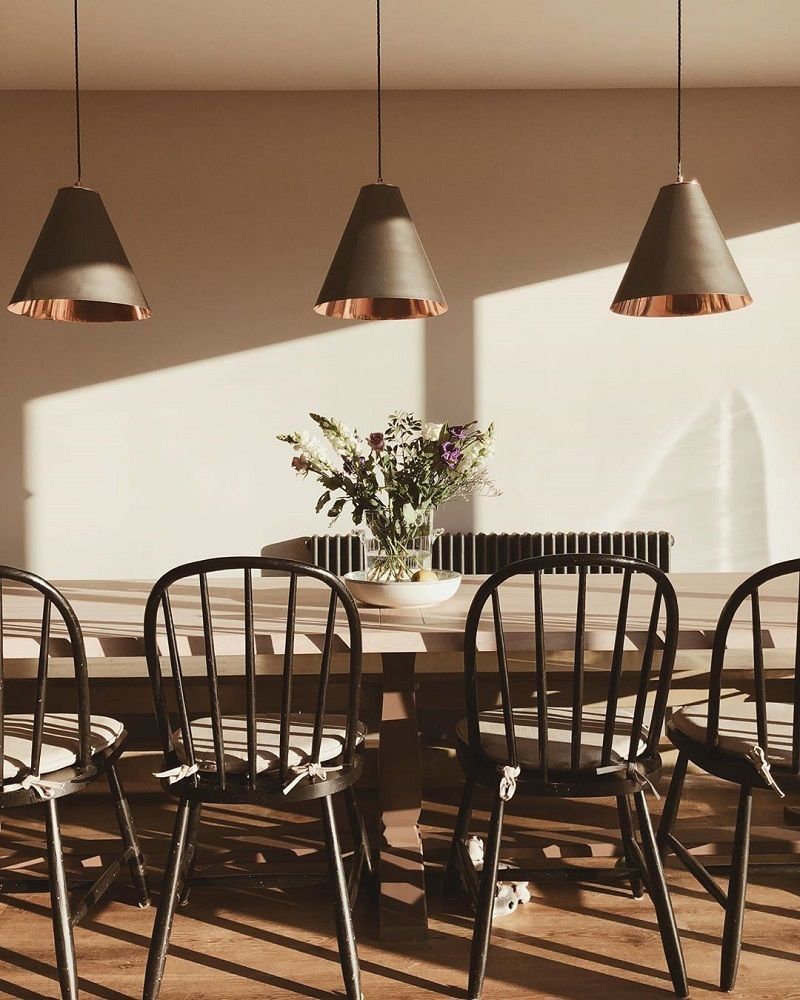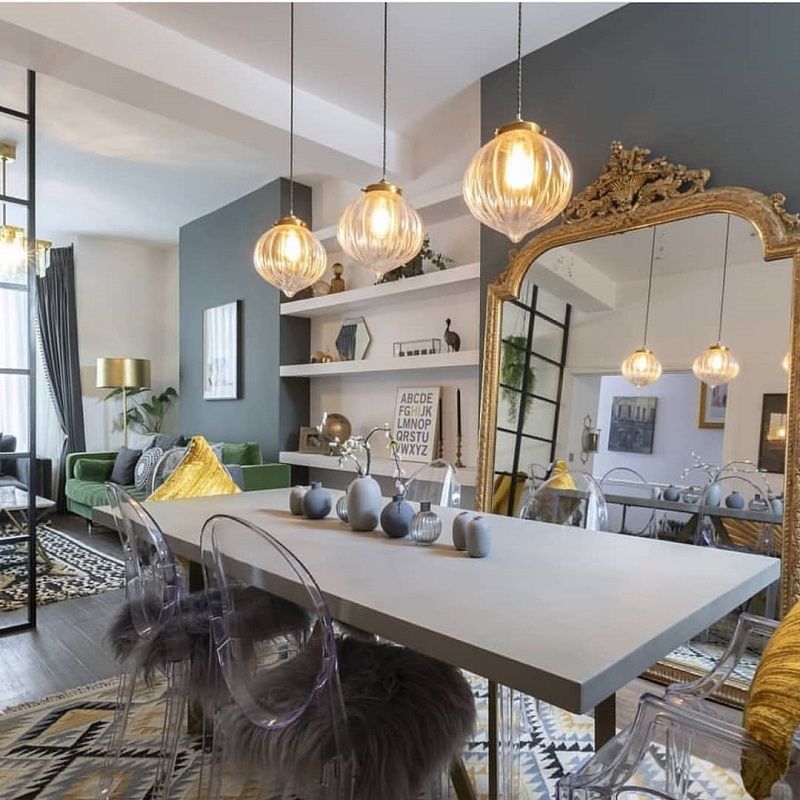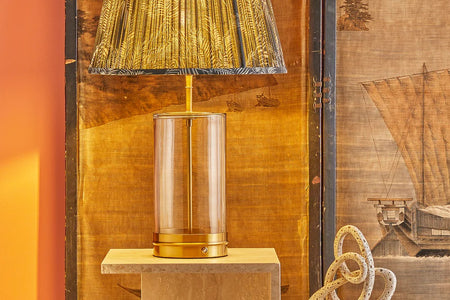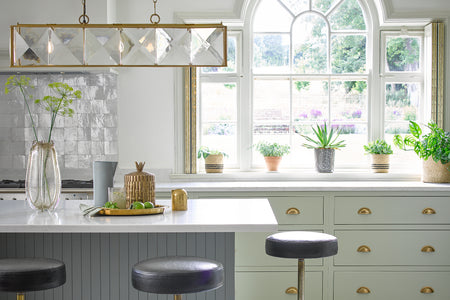
The right lighting is absolutely critical in the dining room – probably more so than in any other room in the house – because light is how you create an atmosphere. Here are Pooky’s seven top tips for lighting your dining area to flatter your guests and make your meals an experience…
Lighting is so important in a dining room that in a special ‘Ultimate Secrets’ episode of the BBC’s Great Interior Design Challenge the show’s experts devoted a whole section to it. Design icon Kelly Hoppen said: 'Because a dining room is used a lot more at night time you can be a little bit more dramatic. The most crucial part of it is lighting. And for me, low level lighting is so integral to a dining table because when you’re looking across at people it makes it so much more intimate.' We couldn’t agree more, but how do achieve the best effect? Here are some practical tips and ideas for lighting your dining room…
1) Base your lighting around your dining table
As another interiors guru (and GIDC presenter) Daniel Hopwood put it: ‘What’s crucial is to create an atmosphere around a table, so that when you have people around for dinner the rest of the room recedes.‘ The way to do that is to base your lighting design around the dining table, rather than the room as a whole (as you might in the living room, say). That usually means either a chandelier, a pendant or a series of pendants, hanging relatively low: typically, the bottom of the light fixture should be around 36 inches above the table.2) Use a single large pendant light over a small dining table
As the GIDC’s Sophie Robinson advised: ‘It’s really important that your light works in scale with your dining table, but if in doubt I always say: the bigger, the better. If you’ve got a small round table then one central pendant light is going to be the way to go.’
As a rule of thumb for the height, you want the bottom of the light to be about 30 to 34 inches above the table if you have an 8ft ceiling. If your ceiling is higher than that, add three inches in pendant height for every foot of ceiling height – so if you have a 9ft ceiling, the pendant should be about 33 to 37 inches above the table.
3) Use multiple pendants in odd numbers
If you have a long rectangular dining table, then you can go for a large chandelier, or how about a series of matching pendant lights? For a longer table use a row of lights: odd numbers generally work best, so typically three or five pendants in a line. A rown of our Super Stanley pendants over a dining table, as styled by bunnyhop.kids
A rown of our Super Stanley pendants over a dining table, as styled by bunnyhop.kids












